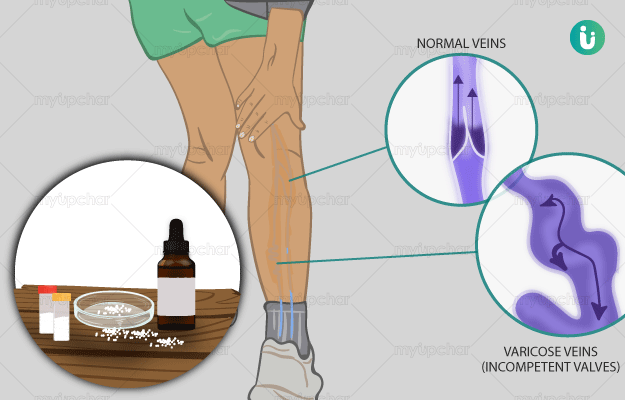Varicose veins are swollen and twisted veins that appear as raised blue and purple cords on the skin, especially in the legs. Older age, a family history of the condition and being overweight can put you at risk of developing varicose veins. Pregnant women and those with constipation also tend to get varicose veins. Additionally, water retention in the body can lead to varicose veins: increased water puts extra pressure on the veins to push blood, making you prone to varicose veins.
Some people with varicose veins experience pain and cramps in the affected area, which can be debilitating in extreme cases. However, varicose veins can be controlled with the help of some dietary and lifestyle modifications along with some simple home remedies. But before beginning with the remedies, it is important to know what exactly causes varicose veins.
Varicose veins appear due to the backflow of blood inside your veins. Veins are blood vessels that carry deoxygenated blood from tissues back to the heart. To ensure that blood flows towards the heart, veins have a single valve in them. However, problems in these valves can cause the blood to flow backwards, making the veins swell and show up as blue and purple cords on the skin.
More commonly seen in legs since gravity pulls blood down (opposite direction to the heart), varicose veins can also be seen in the other parts of the body. For example, haemorrhoids and varicocele are also a type of varicose veins that occur in the rectum and scrotum, respectively. Spider veins, a milder form of varicose veins, don't usually cause pain and may appear on the thighs, belly or elsewhere in the body.
Read on for natural remedies - including good foods, exercise and massage - for all these types of varicose veins.


















